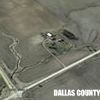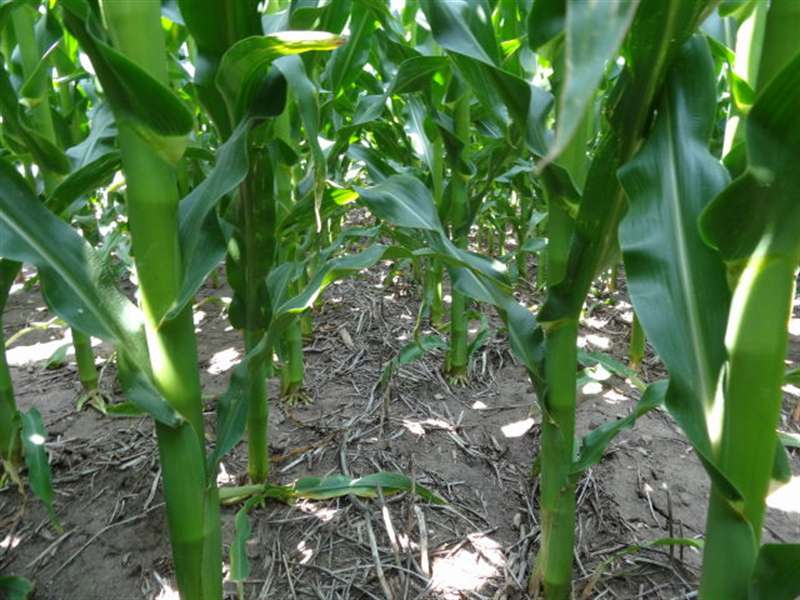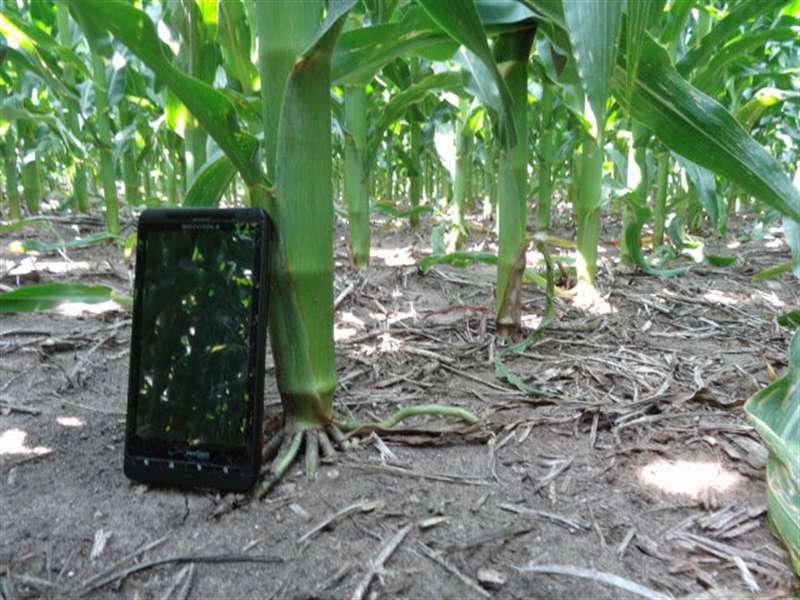
Dallas Center IA 515-720-2463 | There is a thread over at Marketing Talk about past droughts. Going way back to 1983.
I think I will go back a bit further.
The first one I will bring up is the two bad years of the 1930s. This was before I was born, but I used to hear so much talk about 34 and 36. And by the heat records that are still on the books for 36, it was bad.
1934 was also a dry year, probably not as bad as 1936.
Big thing I have heard about 34 was the cinch bugs [sp]
And the hot and dry summer of 1936 followed a real hard winter. Both for low temps and snowfall amounts.
And these two bad years were during the just plain hard times of the 1930s.
But there sure were a lot of new tractors sold in 1937.
I was born in 1943.
1947 was a poor crop year, but I am pretty sure it was not the lack of rain as the cause. Too little to remember.
The first drough I remember was the 1955 to 1957 period. Prices were not very good during this time. We were milking cows then. Folks worried about the well so darn much. One of my jobs then was hauling water to hogs out on pasture. Every day, two, three, or sometimes more trips. 280 gallon steel tank, pulled it with a Ford 9N, later a 8N.
The Soil Bank. I believe 1957, the USDA said farmers could still sign up for the Soil Bank after the crop was planted, had come up, and was looking pretty poor.
It was more money than the crop was probably going to gross, so farmers signed up right and left.
Then because of the dry conditions, the USDA said the Soil Bank acres could be grazed.
Some farmers had already turned the corn under with there plows. I remember the talk that green corn was worth $10- per acre in fertilizer. $10- per acre of fertilizer doesn't seem like much today, but it was a whole bunch of money in 1957.
Dad didn't want to turn the cows into the standing corn, so he was going to use the Allis-Chalmers chopper and Green Chop it and bring it to the cattle.
ASC man told him no way he could do that. No baling, no filling silos, no green chop.
For those of you who are wondering what Green Chop is: Instead of turning cattle into a field to graze, you chop it and haul it to the cattle. Generally a big crude self feeder on a wagon gear.
Also that was the time of sowing rye. Dad drove a endgate seeder thru the standing corn. Sure made a lot of feed later in the fall and winter. And way too much in the spring.
And it was not much fun to plow under in the spring. That stuff would be taller than a tractor.
Dad keep sowing rye for years. On land that the corn had been chopped for silage, also early way too wet corn for feed.
1958 was a good crop year, and the prices were also much better.
I don't remember any droughts in Dallas County Iowa in the 1960s. Maybe I was more interested in Hot Cars, Hot Women and Cold Beer?
1977 was the next bad dry year. Not to bad here. We had 65 to 100+ bushel corn. But just 15 miles or so north there was corn that didn't make 5 bpa. Even the better yields were not much better.
Both 1978 and 1979 were very good crop years here.
1983: Times were not the best. High debt, high interest etc: Throw in poor crops and you have Trouble with a big capital T.
Way too much old crop on hand, some goverment held, some under ASCS loan, some in the Reserve.
So the USDA came up with the PIK program - Payment In Kind. Take land out of production and receive USDA owned grain instead of a check. Good for the goverment because they got rid of the stuff and could quit paying storage.
The normal planned set aside was to be 20% I think.
You could sign up 50% of your corn acres.
And then you could bid the other 50%.
So being in the farm supply business was not very good in 1983. I remember people taking already paid for seed corn back, and getting there money back. Also keeping the high priced gifts the seed dealer gave in those days.
But the lack of rain in 83 caused a real short crop, and on far fewer acres planted.
The USDA needed corn!! Corn to give to farmers for not raising corn.
So you got to bid your goverment corn to the USDA.
I think if you had a 5000 bushel deal, and you bid 80%, you could pay off the 5000 bu loan by delivering 4000 bu.
And then the fall of 1983 was a real muddy mess. Not much fun combining what crop we had.
Side note: The price of grain took a pretty good jump during all of this. Us farmers went out and purchased farm machinery we didn't need. Used our cash for the down payment, the rest to XX Credit Corp. Just don't want to pay the IRS.
Most of those payments were pretty hard to make a couple years later.
Then 1988. Those of use who were still staying a couple steps ahead of the bankers, had a pretty dry year in 1988. I think it was a shorter crop than 83, not sure.
I really don't remember a real bad dry year in the 1990s. 1993 was a short crop, but it was too much rain.
Back to 1936: I heard so much about 1936 years ago, I almost feel I was there.
But many/most of those folks are gone now.
So many things I wish I had asked them.
Illinois John Dappert, How is my memory? Anything too correct or add.
Things may have been different in East Illinois than Central Iowa.
 (DSC00058.jpg) (DSC00058.jpg)
 (DSC00065.jpg) (DSC00065.jpg)
Attachments
----------------
 DSC00058.jpg (69KB - 249 downloads) DSC00058.jpg (69KB - 249 downloads)
 DSC00065.jpg (74KB - 247 downloads) DSC00065.jpg (74KB - 247 downloads)
|


 Past Droughts
Past Droughts